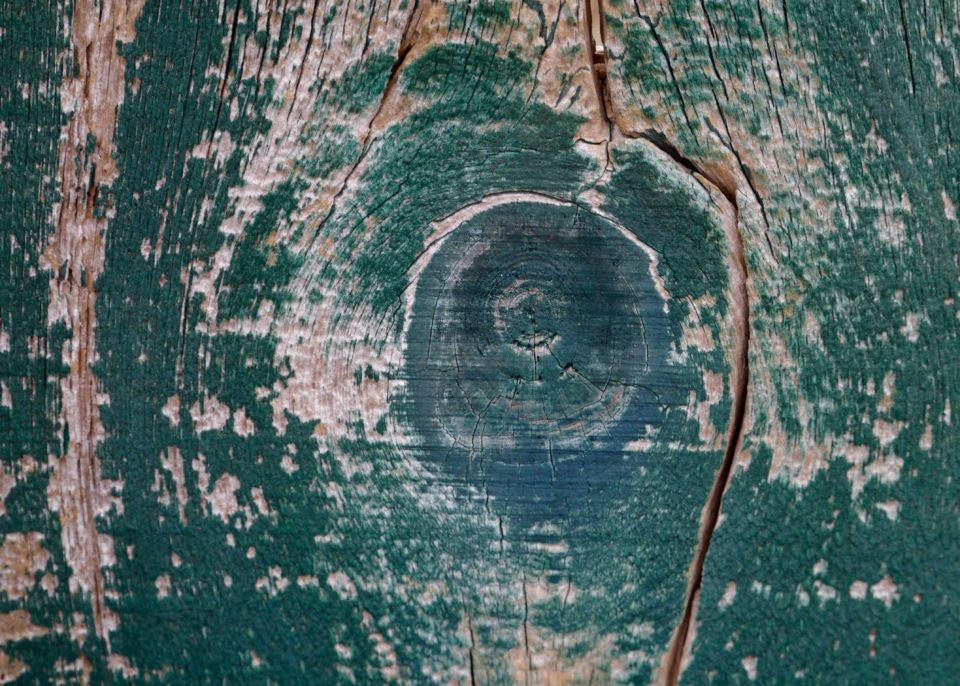
Last week, I introduced you to Tara Brach, my mentor in seeing and pausing. I’ll share more of these mentors throughout the month. I learned about each of them in some accidental, surprising way. Something about them clicked with me and I wanted to learn more.
This happened again last week, when I learned of the death of photographer/artist William Christenberry. I’d heard the name before but didn’t know much about him. After reading a couple of pieces, I wanted to know more. Several videos and articles later, I found another mentor in seeing. Here’s what I learned about this most interesting man, in order of discovery.
Washington Post
The first article I read came from the Washington Post, where they introduced Christenberry as an “artist of a crumbling, memory-haunted south.”
“William Christenberry, whose intimate photographs of crumbling rural buildings and almost violently verdant landscape of his native Alabama made him one of the most respected and influential artists of the modern South, died Nov. 28 at a nursing home in Washington. He was 80.”
From this article, I learned that it was photographer Walker Evans who most influenced Christenberry. In particular, Evans’ book, Let us Now Praise Famous Men, became Christenberry’s “artistic lodestar.” He began to take small colour photographs of crumbling buildings in Alabama with a Brownie camera.
Although Christenberry lived in Washington D.C. most of his adult life, Alabama was his home. He returned there every summer to visit and photograph. As a matter of fact, that’s the only place he photographed, because as he said, “yes, I know there are other places, but Alabama is where my heart is.”
“I don’t want my work to be thought of as maudlin or overly sentimental. It’s not,” Mr. Christenberry said in a 2005 interview with photography historian Robert Hirsch. “It’s a love affair — a lifetime of involvement with a place. The place is my muse.”
Christenberry began as a drawer and painter and he also made small sculptures. He considered himself an artist, not a photographer. Photography was just one of the mediums he pursued.
Smithsonian Art Museum on YouTube
It was this short video from the Smithsonian below that really hooked me to learn more about Christenberry. In it, I discovered that he had always wanted to be an artist and loved to draw from an early age. Lucky for him, his parents never discouraged his passion for art. A fascination for signage and found objects also stayed with him from early on. He created sculptures of buildings that he remembered from childhood.
NPR
NPR published an article on Christenberry’s “little red house,” a subject with which he was infatuated by its proportionality. The front door was covered with artificial brick siding.
“When you look at his work, what you see is basically the transitory nature of our life and our world and how things are inevitably going to change over time.”
New York Times
The New York Times takes a deeper look at Christenberry’s biography, how he formed his attachment to Alabama and why he left.
Mr. Christenberry observed the Deep South as a native son, its landscape signifying his ancestral home. “Everything I want to say through my work comes out of my feelings about that place — its positive and its negative aspects,” he said in an interview in 2005.
I also discovered that I had read about Christenberry previously in a book I own called, In Response to Place. This is a collaboration between the Nature Conservancy and several photographers known for photographing some of the “last great places.” Christenberry’s piece was on the Cahaba River and Bibb County Glades in Alabama. In it he says,
“The glades are quite special yet people will say of such a place, “What do you see here? But to me, it’s not so much what you see as what you feel about the place – it’s age, its openness, the Native Americans who once knew the place. It’s that feeling that you hope will come through the camera and through you as the photographer.”
The themes that run through Christenberry’s work are the effects of the passing of time and the importance of memory. I agree that there is visual poetry in this kind of work. Christenberry inspires me to continue photographing my place and bringing attention to often overlooked subjects. He makes me want to paint!
Learn More
** Books mentioned have Amazon affiliate links, meaning I make a few cents if you purchase through my link. I only recommend books that I’ve read.
Read: In Homage to William Christenberry, where other photographers make a pilgrimage to photograph Christenberry’s famous green warehouse.
Watch: This almost 6 minute video on Vimeo on place.
See: More of Christenberry’s work at Jackson Fine Art.